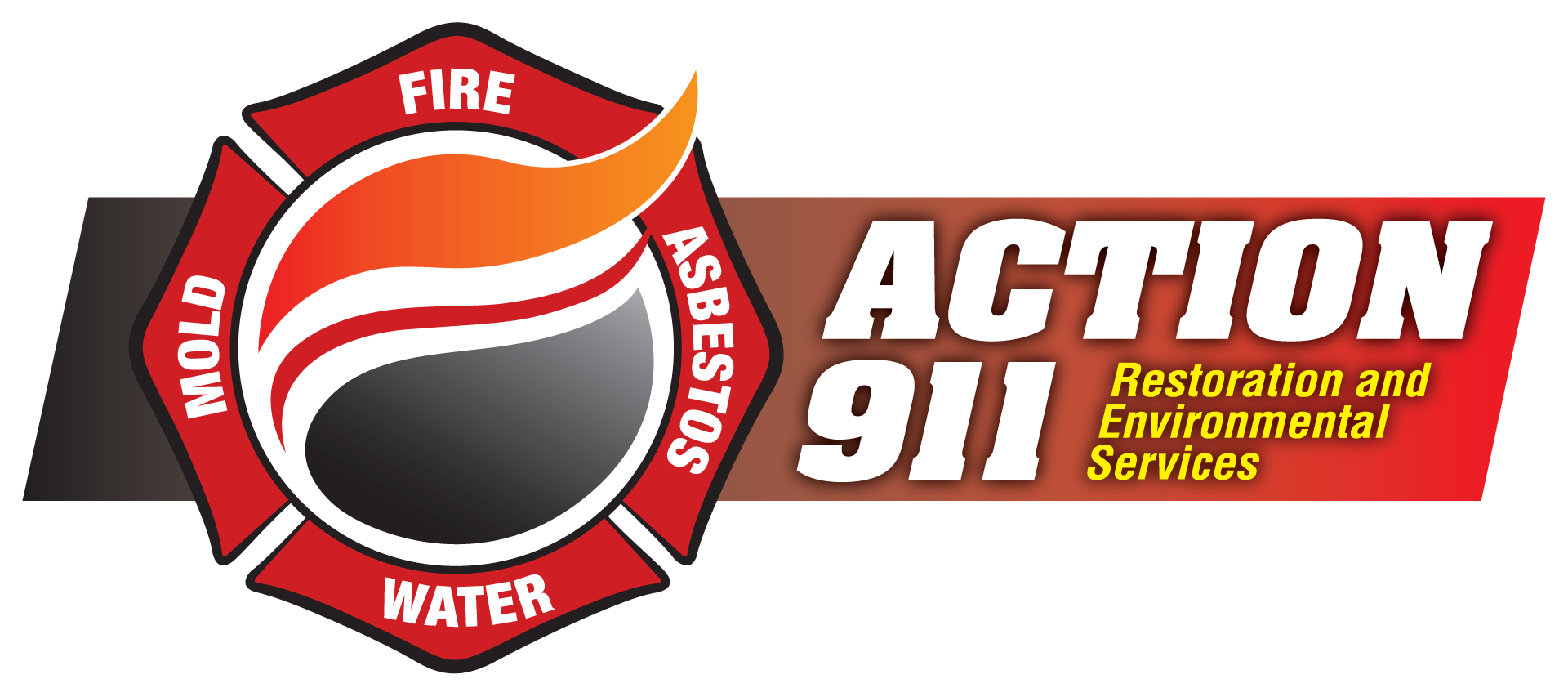Mold is a fungus, and it grows on food, cardboard, wood products, and other organic matter. It thrives in moist, warm conditions and grows on a damp surface within 24 to 48 hours. It will continue to grow until moisture is reduced and the mold is eliminated. Mold is unpleasant – it is ugly, making surfaces and walls look dirty and dingy and smelly, creating a musty odor. Most importantly, mold can be dangerous. There are a few molds (such as black mold) that can cause serious health problems. But any mold in high concentration can adversely affect human health, making it critical to know how to remove mold from wood. Once those mold-infested areas are disturbed, more harmful spores are released into the air. Bottom line – watch for it, eliminate it quickly, and take steps to prevent it.
Facing the Mold
Mold is prevalent on wooden surfaces since wood absorbs water very well. The moisture content of wood will change depending on the relative humidity of the surrounding air. When humidity increases, the wood absorbs moisture from the air. Below we have described, step by step, how to remove mold from wood. It is important to note that you may need to call in professionals if the affected area is more than ten square feet or if you suspect black mold. If the mold hasn’t penetrated deeply into the wood, you can probably kill it using the cleaning processes described below. Use extreme caution in cleaning molds. When those mold-infested areas are disturbed, harmful spores are released into the air.
What You Will Need
- Goggles, face mask, rubber gloves
- Spray bottle filled with warm water and a teaspoon of dishwashing soap
- A soft-bristled brush, sponge, and rags
- Fan or dehumidifier
- Vacuum with a HEPA filter
- Optional: white vinegar (the acidity in vinegar can kill more than 80% of mold species), borax, and 100-grit sandpaper
How to Remove Mold from Wood
- Wear goggles, a face mask that covers your mouth and nose, and rubber gloves. It is critical to protect yourself from inhaling or ingesting mold spores.
- Vacuum the area to suck up loose mold spores. Take the vacuum outdoors to empty the vacuum canister or put it into a Ziploc bag that can be tightly sealed.
- Spray the affected area with the soap and water mixture and use the soft-bristled brush to gently scrub the mold away. Dry the surface thoroughly with a dry rag and wipe up any excess liquid with a sponge. Run a fan or dehumidifier to reduce moisture on and around the surface.
Troubleshooting Steps
If that doesn’t work, combine equal parts warm water and distilled white vinegar, and spritz the solution onto the mold. Let it dry for one hour, and then wipe down the surface with a damp rag, followed by a dry rag. Run a fan or dehumidifier to reduce moisture on and around the affected area.
Borax is an alkaline mineral salt product that is more effective in cleaning mold found on wood. If mold continues to linger, combine a tablespoon of borax with one cup of water and apply it to the mold with a soft-bristled brush. Scrub away the mold. Don’t wipe the surface; allow the borax solution to soak into the wood. Run a fan or dehumidifier near the area to quickly and completely dry the surface of the wood, leaving the borax intact under the surface.
These cleaning steps should eliminate the mold, but if you still have traces under the surface, try using 100-grit sandpaper to rub out those last few sections without rubbing away too much of the surrounding area. Vacuum up the loose material as described above.
Prevention
To help control moisture and mold growth:
- Watch for visible leaks from faucets, tubs, sinks, toilets, and pipes.
- Monitor your water bill for an increase in usage.
- Keep air ducts clean and dry.
- Ensure that you have adequate air circulation in bathrooms and the laundry room where moisture levels and humidity are usually highest using overhead ceiling fans, open windows, fans, and dehumidifiers. The size of the affected area and the severity of the infestation, and the amount of time the mold has been growing will determine how to remove mold from wood.
This is why it is vital to regularly check all the “nooks and crannies” so that you can begin the remediation process yourself or call a professional.
The team of professionals at Action 911 is trained in the proper techniques to assist you in safely and effectively removing mold from your home. They can also help you determine the source of the moisture. It is critical that steps are taken to remove mold as soon as possible to prevent adverse health symptoms. Count on Action 911 for an immediate response.

